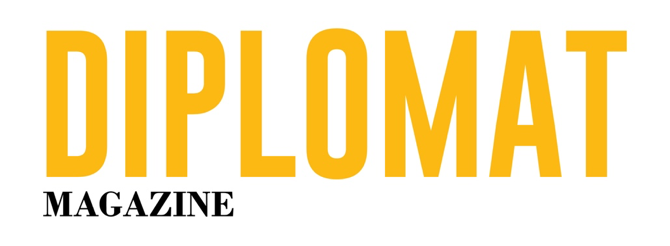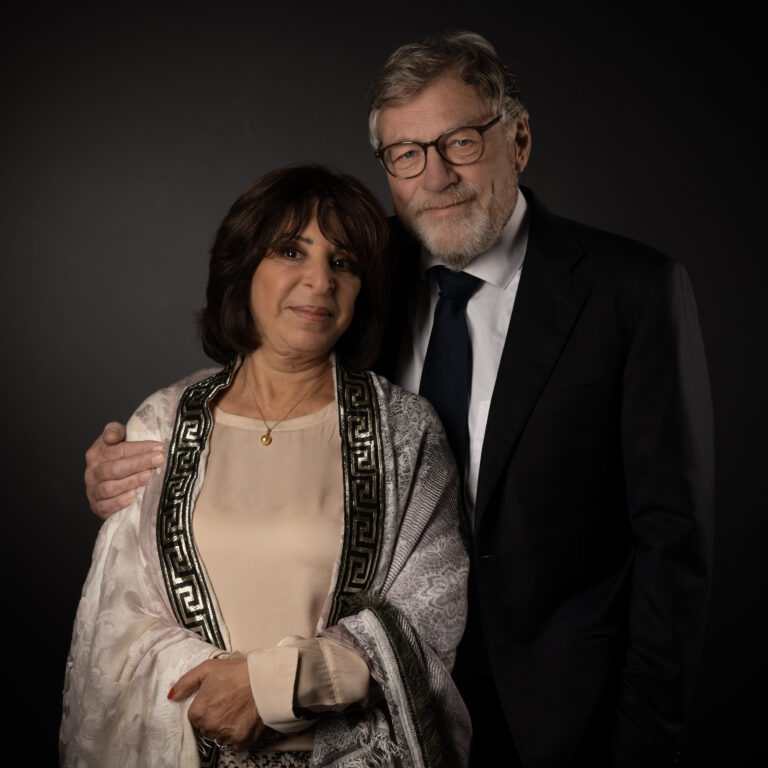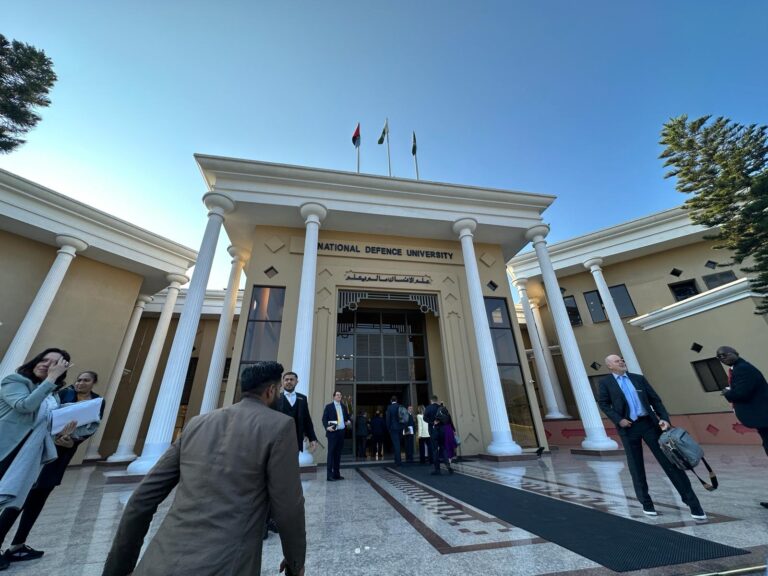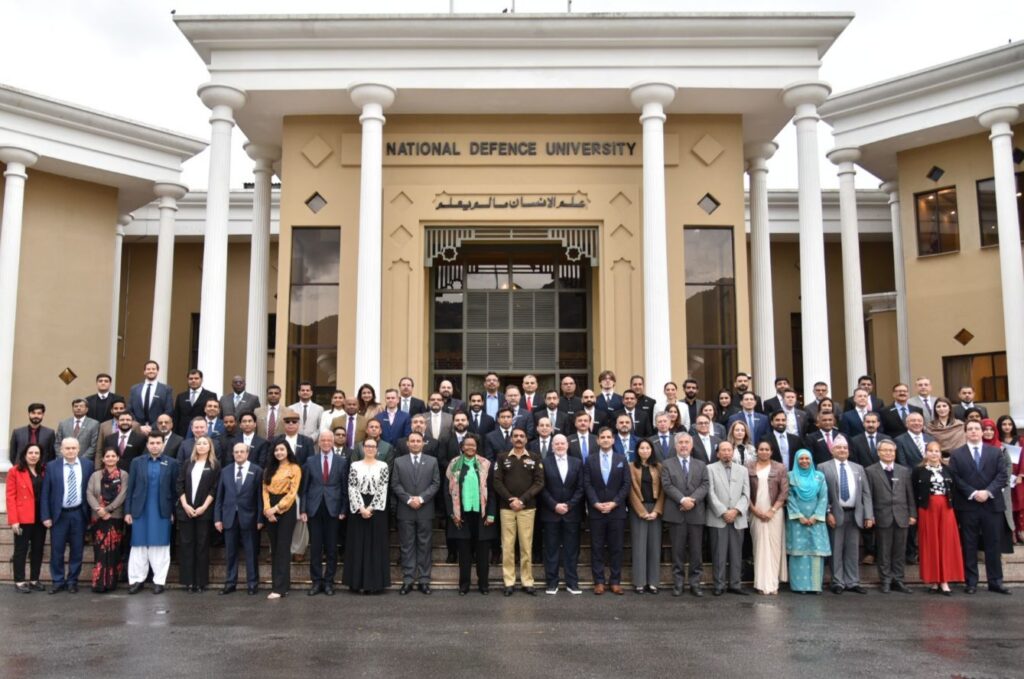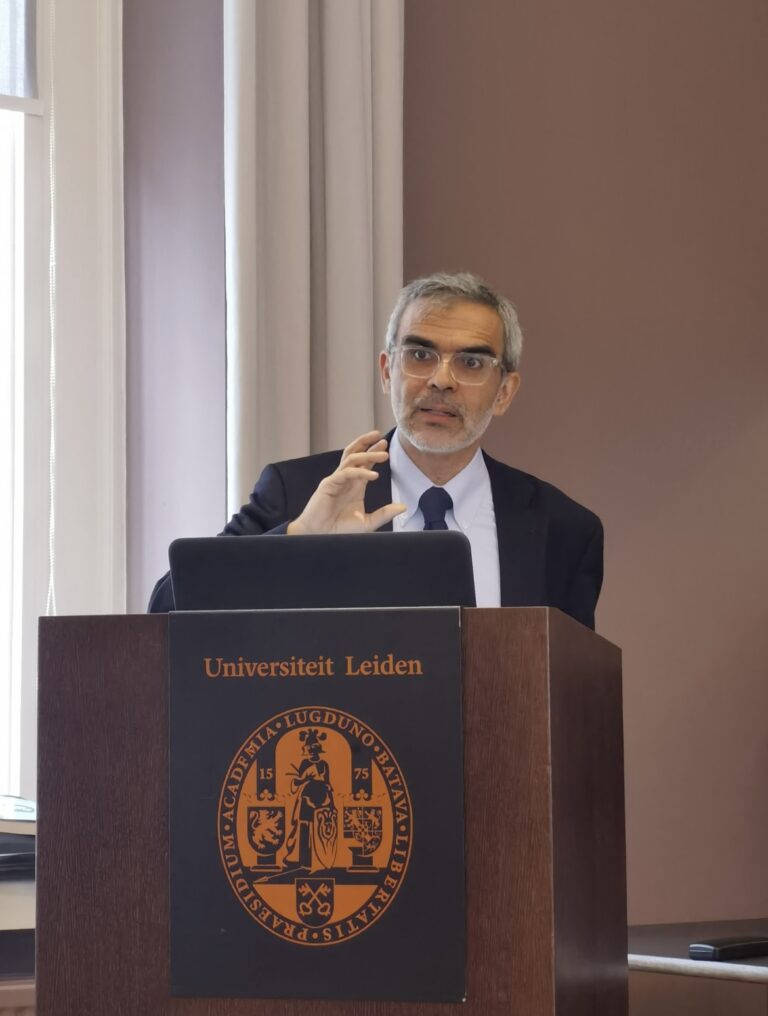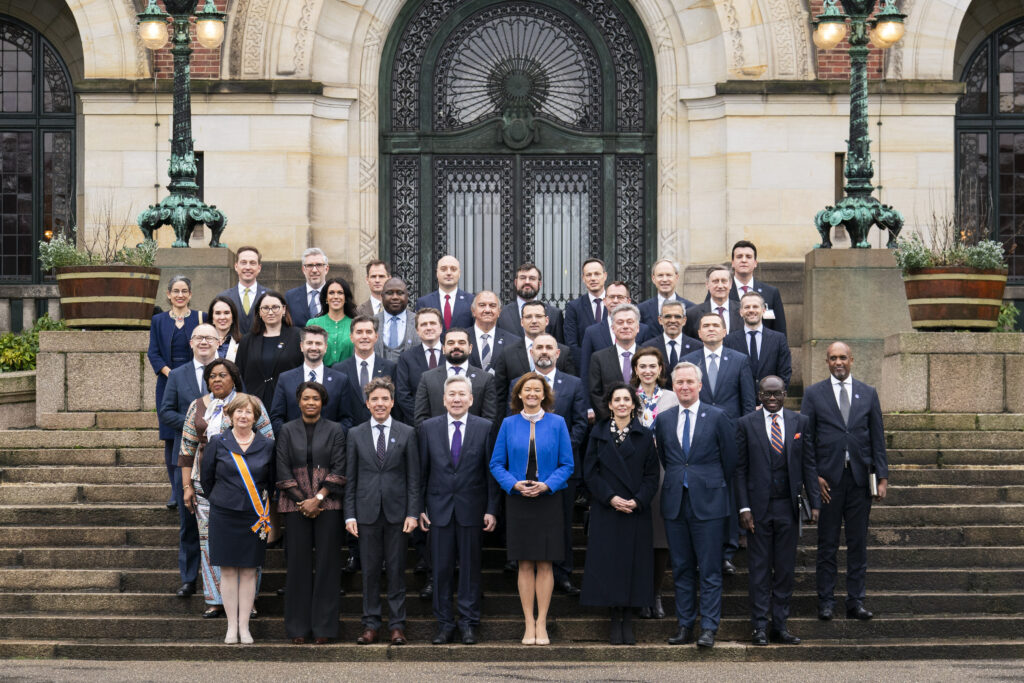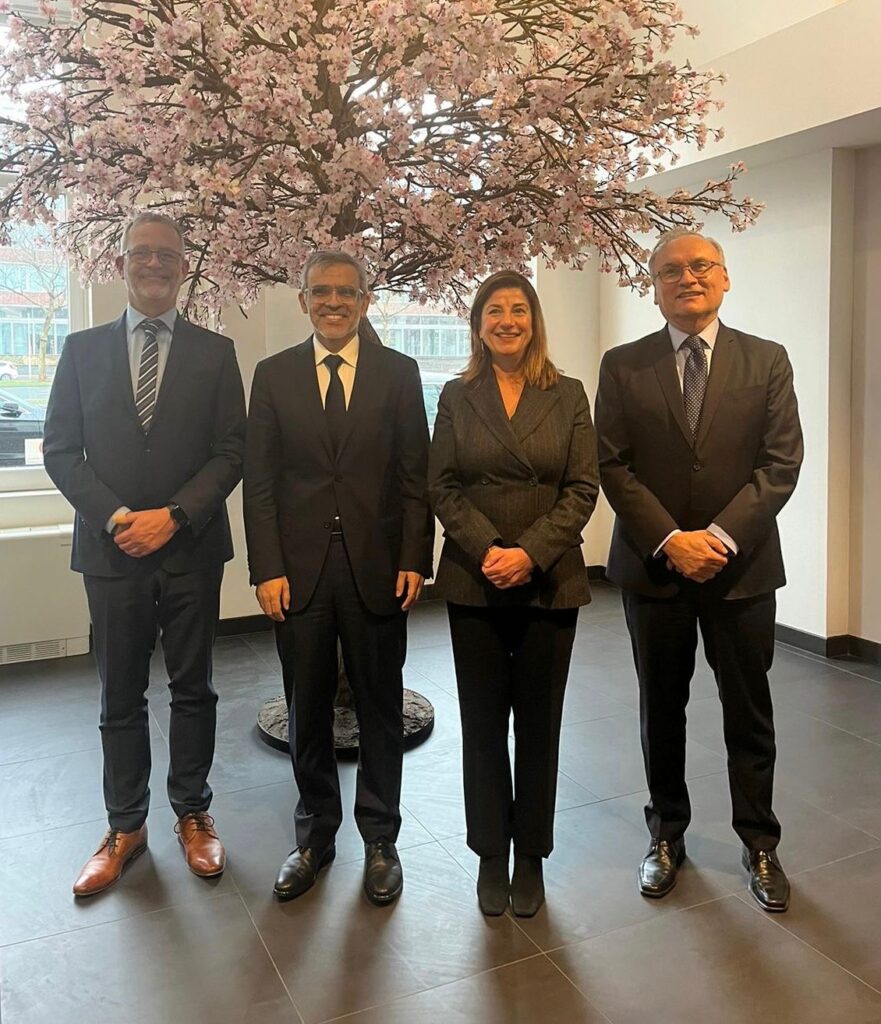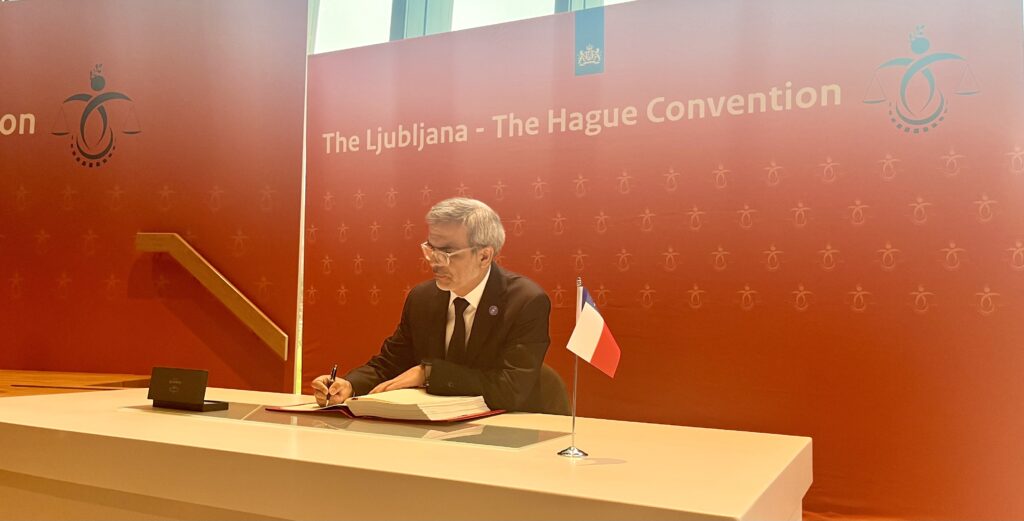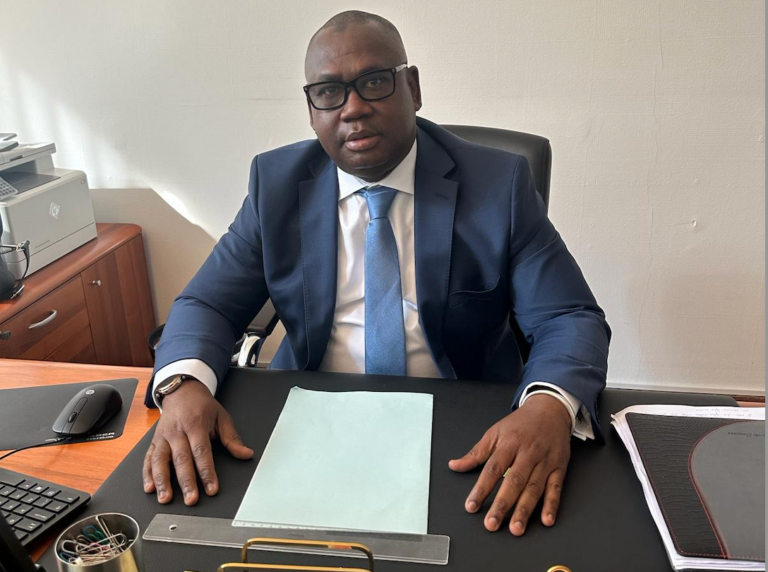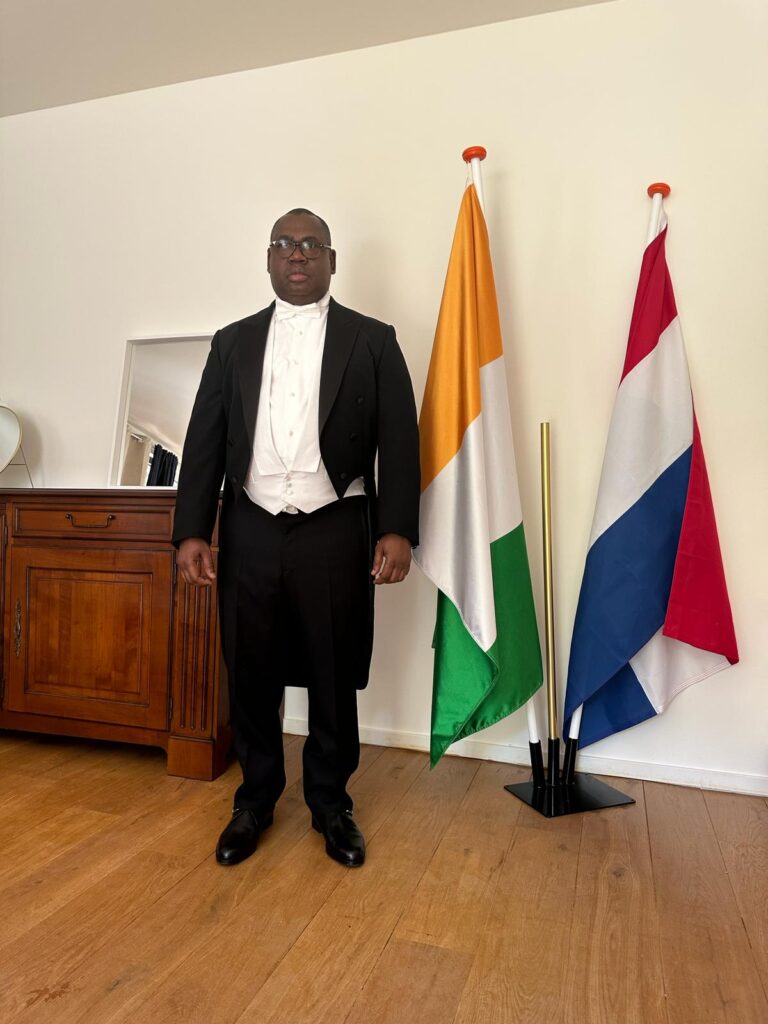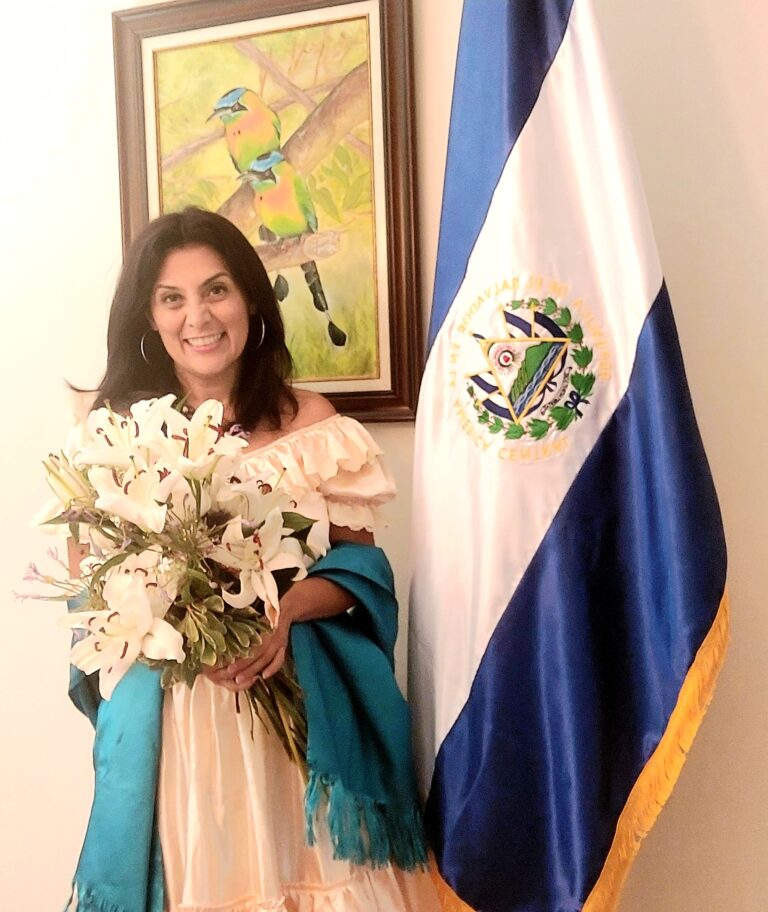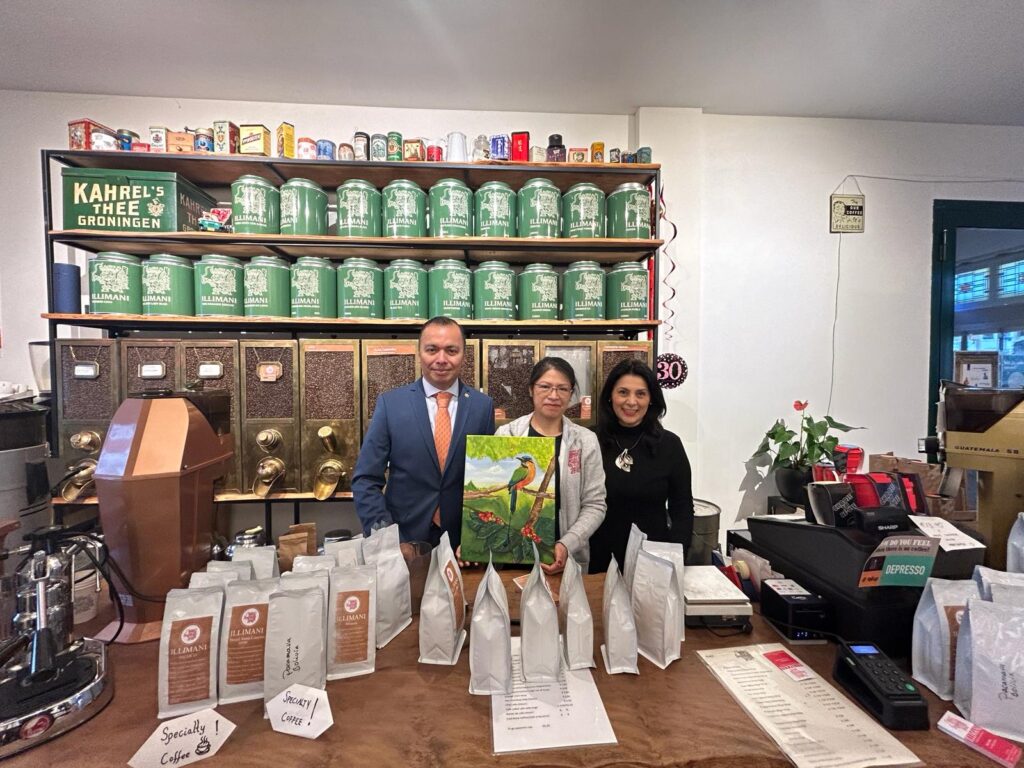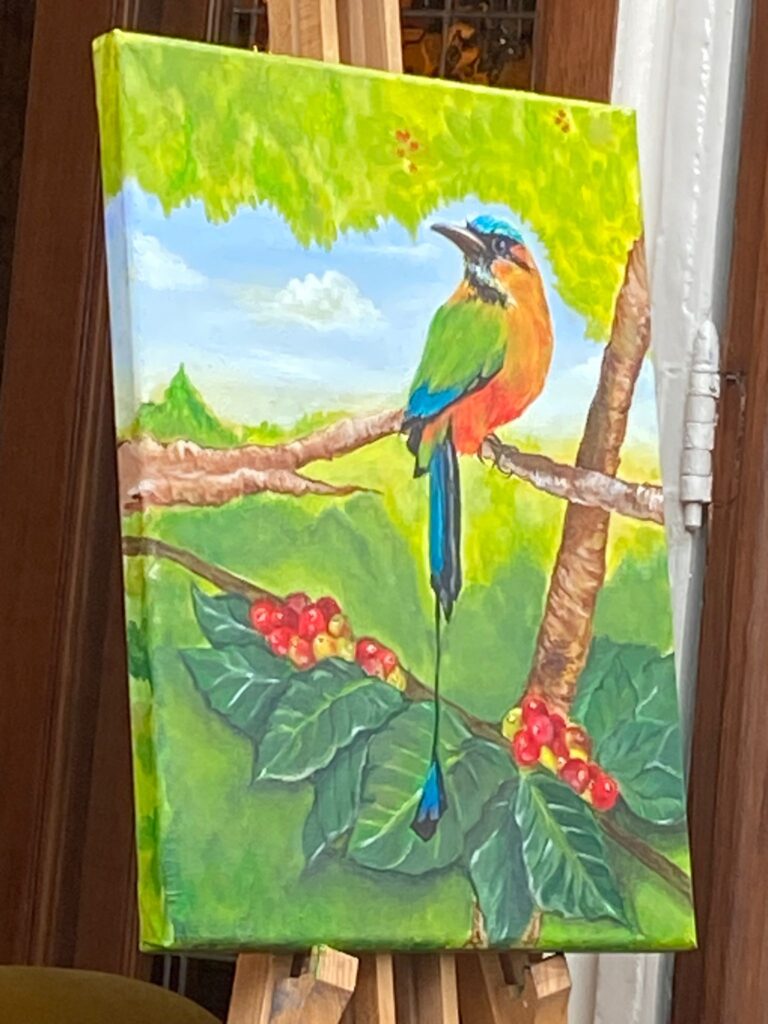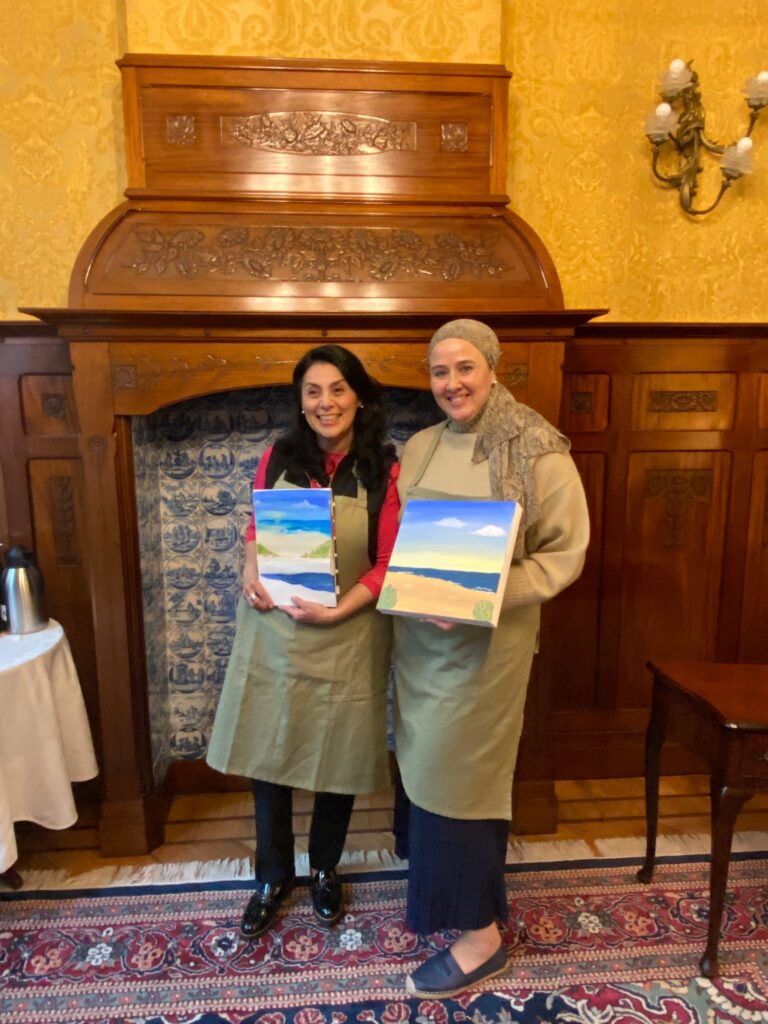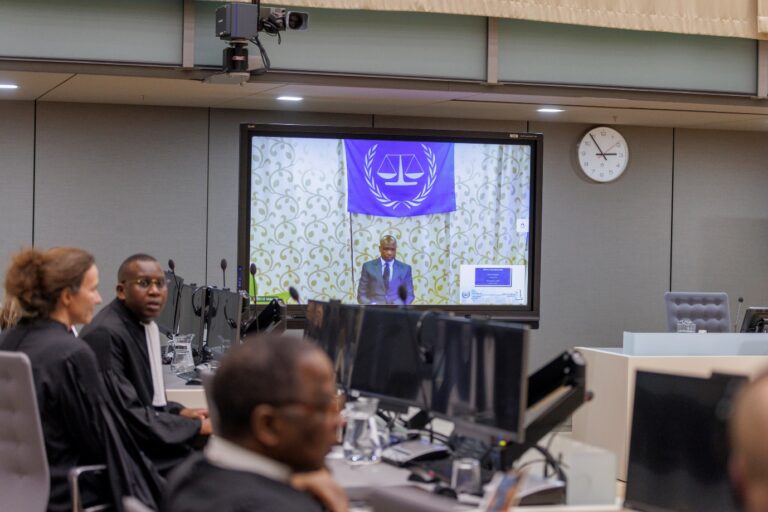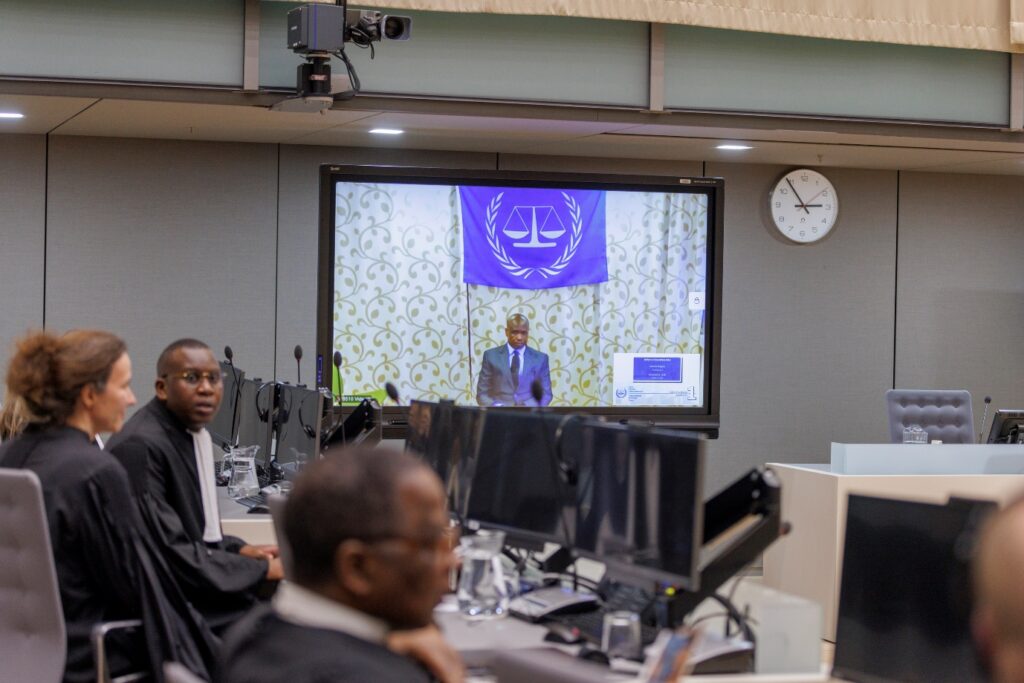The Leonardo Royal Hotel Den Haag Promenade is represented by both new and more experienced employees working together with passion as one team, to deliver great service and to depict the hotel’s values. In these monthly written pieces, there is a focus on their values and their approach to our international clients. This year’s focus is on the new events concept ‘Now We’re Talking’. It revolves around creating on-going conversations and a spark amongst attendees. It offers endless possibilities to get inspired and connected, with instant personal communication before, during and after your event. Therefore, we would also like to share some background information about the employees with you. Allow us to introduce you to …[Nick Kiebert]
- Nationality: Dutch
- Function: Front Office Supervisors
- Department: Front Office
Introduction
When did you start working at the Promenade Hotel?
I started working here in the summer of 2021 as a front office receptionist. It is a very comfy hotel, despite its grand look from the outside. When I walked into the lobby I was amazed at how they were able to make such a large building feel cozy and welcoming.
What makes the Promenade Hotel suitable for welcoming people from all around the world?
We have a large, diverse, and inclusive team ready for service at any time of the day. I’d like to think that because our team is comfortable in their role and especially with each other, it truly doesn’t matter where someone is from as everyone can feel at ease in our hands!
Which diplomatic event has been most memorable for you, so far, at the Promenade Hotel?
I believe this must be one of the national days of the embassies. I truly enjoy seeing all the people socialize with one another and seeing the many nationalities from all around the globe.
What international aspects do you see reflected along your daily duties and the work environment?
There are plenty of interactions throughout the day with different cultures. A major part of my day consists of communicating with different guests that have different cultural habits and wishes. Another major international aspect of this hotel is its location. In the heart of the embassy district, we are able to welcome many ambassadors and international organizations. These people have not only traversed the world but are also here to partake in meetings and events that might change the shape of the world.
NOW WE’RE TALKING!
The core values of the new concept are fun, surprising, genuine and connect.
Using your own words, how would you describe the new events concept?
This concept is a straightforward idea, but a great amount of fun! Through classic and new games we try to engage our guests to interact with one another in a fun and less serious matter (unless you’re competitive, then you do you!).
What do you find the most exciting or fun part of your current role within the Promenade hotel?
Everyday is so vastly different. Either it’s a different guest request, technical issues that require solving or just someone who would like to reminisce about the history of this hotel. It is really in the small things for me, but at the end of the day when someone strolls in or out of the hotel with a large smile on their face, my day is also made.
When was the last time someone surprised you or when you surprised someone?
Today actually! We have started with this thing called guest of the day; this is the act of upgrading someone in their room category with some extra little surprises. I told the guests about this and the immediate smile is so gratifying.
What is something about which you can always be genuinely passionate or enthusiastic?
it’s a little geeky but I really love nature documentaries. Seeing wildlife in their natural habitat or the habitat itself always cheers me up and leaves me mesmerized. Life can be overwhelming from time to time and watching a documentary like that (preferably with David Attenborough) can really put things in perspective for me.
Connect with us! What is a piece of advice you would like to share with us?
This world is already serious enough at times, please take some time to enjoy life. May it be big or small, make it something precious for yourself and if possible, for others as well. Take some time.
